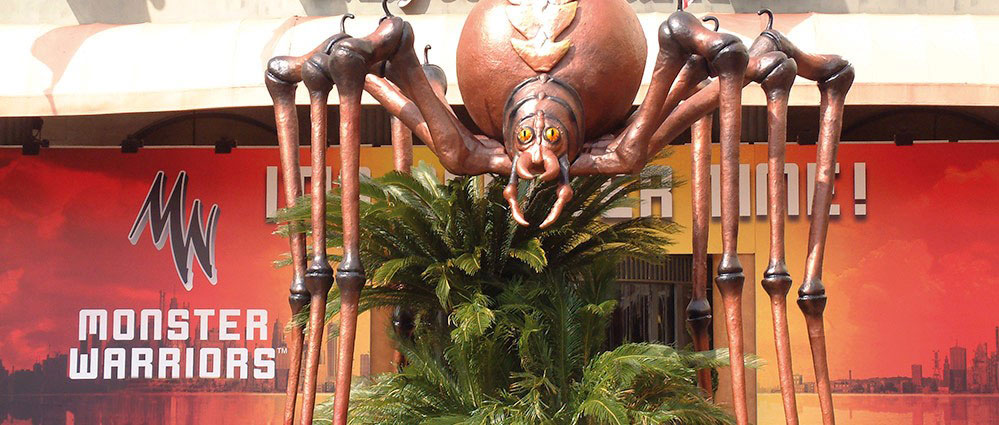Create memorable experiences that
change perceptions.
Let’s talk experiential marketing. Definitions of this relatively new term may vary, but Econsultancy’s David Moth nailed it pretty well:
“The premise to create a closer bond between the consumer and the brand by immersing them in a fun and memorable experience”.
If your brand is part of an event that evokes positive feelings within a consumer, the consumer is more likely to associate your brand with those positive feelings. Which opens the door to brand loyalty and increased customer lifetime value.
Experiential examples
The Simpsons movie was released in 2007. In the US, distributors 20th century Fox transformed 12 7-Eleven stores into Kwik-E-Marts (the Simpsons’ 7-Eleven equivalent). Customers could buy products that appeared in the Simpsons movie, and “experience” being in the Simpsons.
In Sweden, Coca-Cola gave their customers the “experience” of a warm summer’s day… in the middle of winter. People waiting at a bus-stop were treated to projections of summery images, heat lamps and audio recordings of birdsong.
Or why not try out experiential marketing on yourself? Walk into one of the 453 Apple stores around the world. Experience the attentive staff, the ability to pick up and test products, the overall energy and excitement of visitors. Can you apply any of these elements to your event?
Three-step process
1.Establish the brief
Why do you want experiential marketing? What do you want to achieve, and how will you measure it? Do you have figures that will help demonstrate the ROI, or do you want the agency to make suggestions?
2. Know your audience
Experiential offers many options. What’s right for your audience? Will they respond to video games, or something something more cerebral, perhaps involving touchscreen quizzes? Will augmented reality engage them, or will it become the dominant feature and cloud your brand message? Your agency should be able to give examples of how they have helped previous clients.
3. Develop an exit strategy
How will you follow up leads? You probably already know the price of getting a new customer. Seven times as much as retaining an existing customer. So how do you keep delivering a positive “experience” to delegates after the event? You can’t continue with experiential marketing forever, but you can ensure you stay prominent in their minds. Create an inbound marketing strategy, emails, newsletters, special offers.
Recent Posts
- How to make Instagram work for your trade show
- Create your brand environment
- How to deliver experiential marketing
- VR at events: Blurring the lines between physical and virtual reality
- The Event Planning Cycle
- How to make your event and exhibition giveaways memorable
- 5 key things you need to consider when choosing an event partner
- A Guide to Social Media at Trade Shows
- The rise of Haptic Technology and its Applications in Trade Shows
- 5 ways to use VR in your campaign
- Integrating the Internet of Things (IoT) into your trade show
- Stages of Perception in Marketing (and the importance of making an impact at your event!)
- Defining Your Event Goals and Objectives to Help Make an Impact
- Planning a speech for a business event – Suggestions to capture your audience
- Applying a growth mindset to your business (and life!)
- Using live events to create brand awareness
- Thinking “outside-in” marketing
- The importance of good exhibition design



